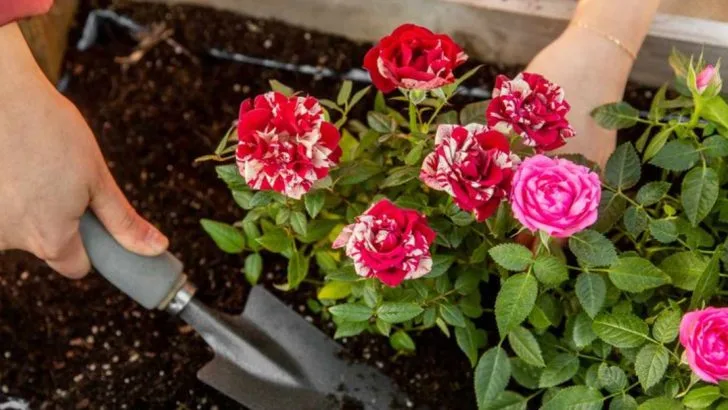As winter fades and nature begins to awaken, it’s the perfect time to give your roses the attention they need to bounce back beautifully. Early spring is a crucial period for setting the stage for healthy growth and abundant blooms throughout the season. With just a little planning and care, you can ensure your roses stay vibrant, disease-free, and bursting with color.
From timely pruning and fertilizing to checking for winter damage and refreshing mulch, these simple but vital tasks help roses recover from the cold and thrive all season long. Whether you’re growing heirloom climbers or compact patio varieties, proper early spring care makes all the difference.
Explore these 14 expert-backed rose care tips to get your plants off to the best start—and enjoy a garden full of stunning, fragrant flowers in the months ahead!
Pruning for Growth
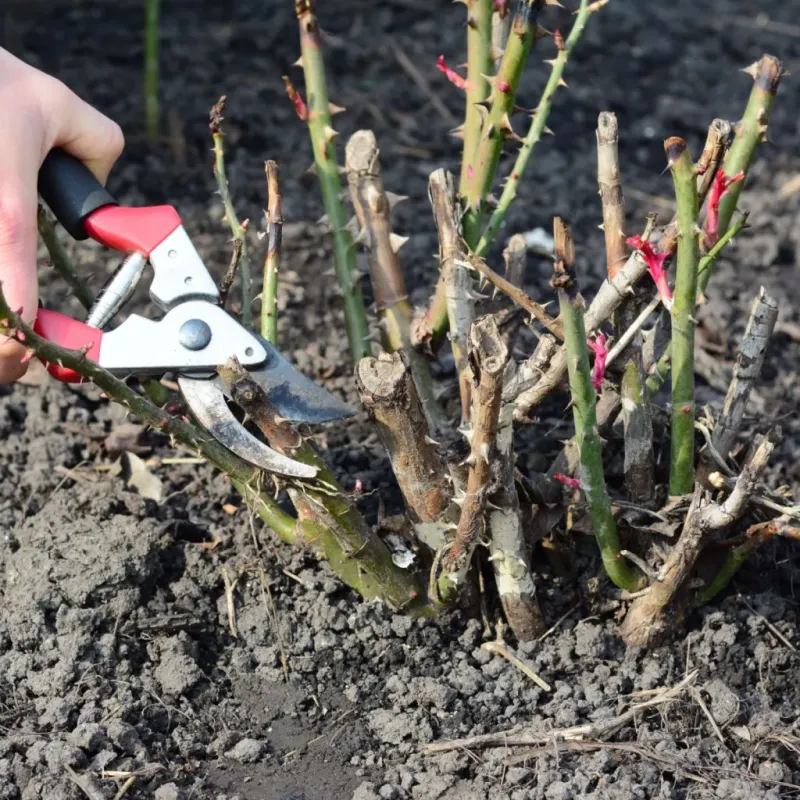
Snip away with confidence! Pruning is essential to encourage new growth and shape the plant. Begin by removing dead or damaged wood, then focus on opening up the center to allow airflow. This simple task stimulates robust growth and keeps diseases at bay. In addition to enhancing the plant’s structure, pruning can also promote an abundance of blooms. Remember, it’s not just about cutting; it’s about helping your roses breathe and flourish. Employ sharp pruning shears for clean cuts, ensuring the plant heals quickly. A well-pruned rose is a happy rose!
Feeding the Soil
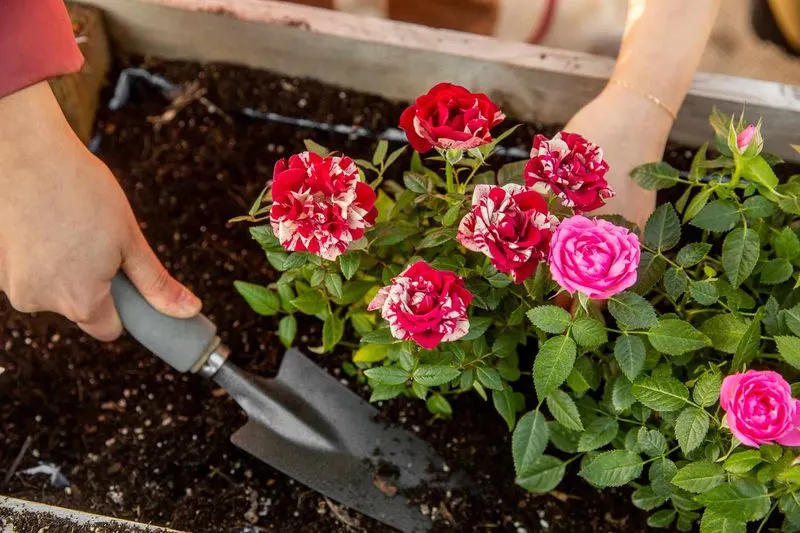
Nourishing the soil is akin to preparing a feast for your roses. Early spring is the prime time to enrich the earth with nutrients. Incorporating organic compost and balanced fertilizers provides your plants with the sustenance they crave. The result? Stronger, more vibrant blooms. It’s a crucial step that lays the foundation for a thriving garden. Don’t forget to water the soil after feeding to help nutrients seep in. This simple act supports the roses’ health throughout the growing season, creating blooms that are both plentiful and splendid.
Mulching Magic
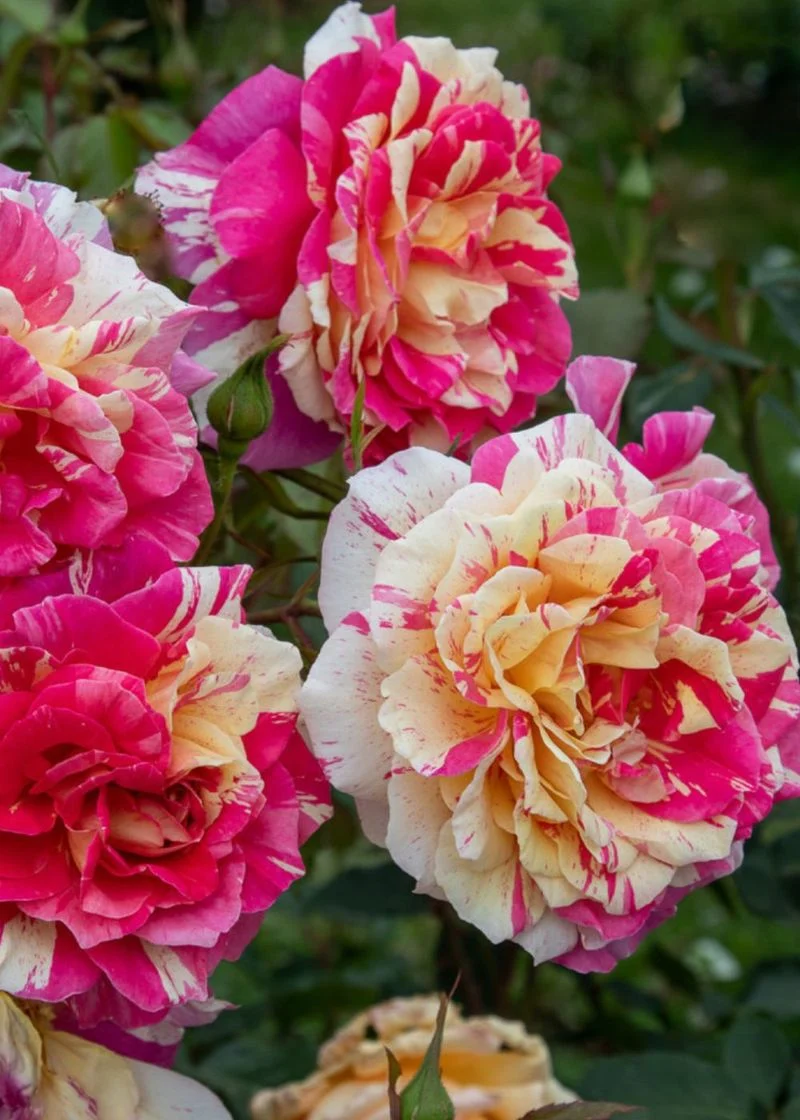
A blanket for your roses, mulch provides protection and nourishment. Applying a thick layer of organic mulch in early spring helps retain soil moisture and suppress weeds. It’s a gardener’s secret weapon for maintaining optimal growing conditions. Mulch acts as a temperature regulator, keeping roots cool during unexpected warm spells. Besides its practical benefits, mulch also adds an aesthetic touch to your garden. Choose materials like wood chips or straw that will decompose slowly, feeding the soil over time. Watch as your roses thrive, sheltered under this cozy layer.
Watering Wisely
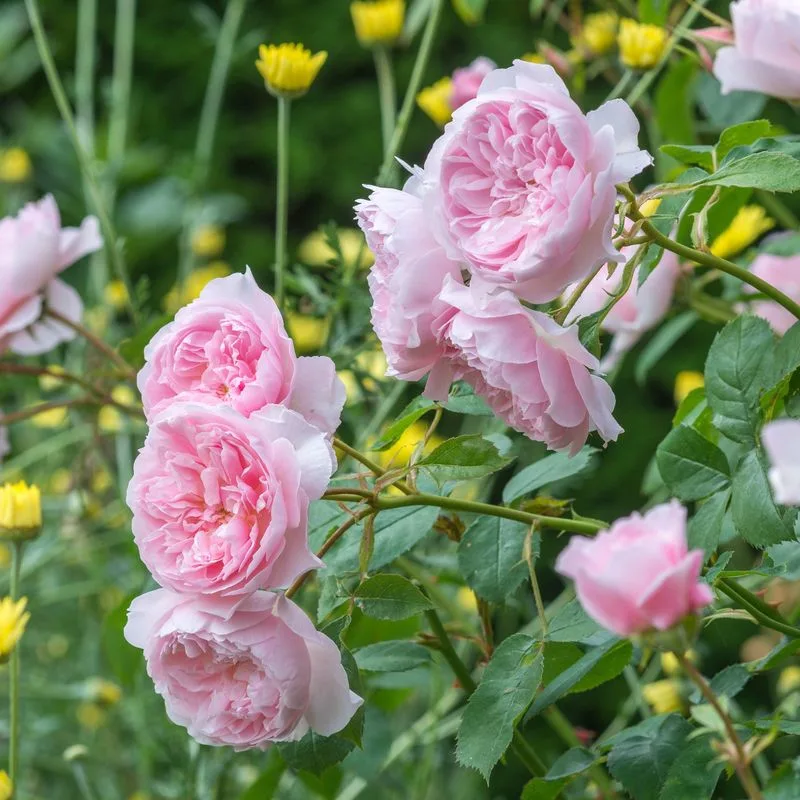
Water is life, especially for roses awakening from winter dormancy. The right watering strategy can make all the difference. Early spring demands a gentle but consistent watering routine. Aim to water in the morning to avoid moisture-related diseases. Ensure the water reaches deep into the root zone, providing the hydration they need to kickstart growth. Overwatering, however, can lead to root rot, so balance is key. This careful attention ensures robust plants that are ready to bloom. Your roses will reward you with a vibrant display of colors and fragrances.
Ensuring Proper Sunlight
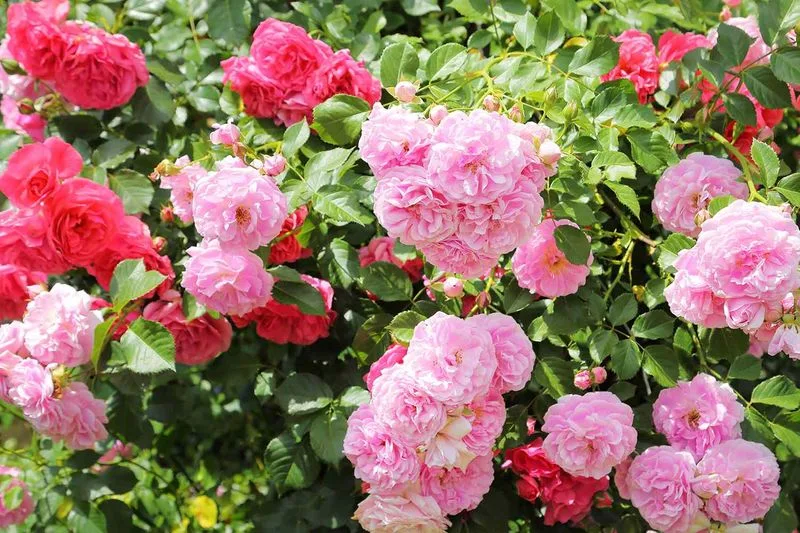
Sunlight is the energy source that fuels your roses’ vibrant life. As spring unfolds, ensure your roses are basking in ample sunlight. Position your plants where they can enjoy at least six hours of direct sunlight daily. This exposure encourages abundant flowering. If relocating is necessary, do so carefully to avoid stress. Sunlight not only aids in photosynthesis but also deters fungal diseases. With the right balance of light and shade, your roses will flourish, showcasing a spectacle of delightful blooms. It’s all about finding that sunny spot!
Disease Watch
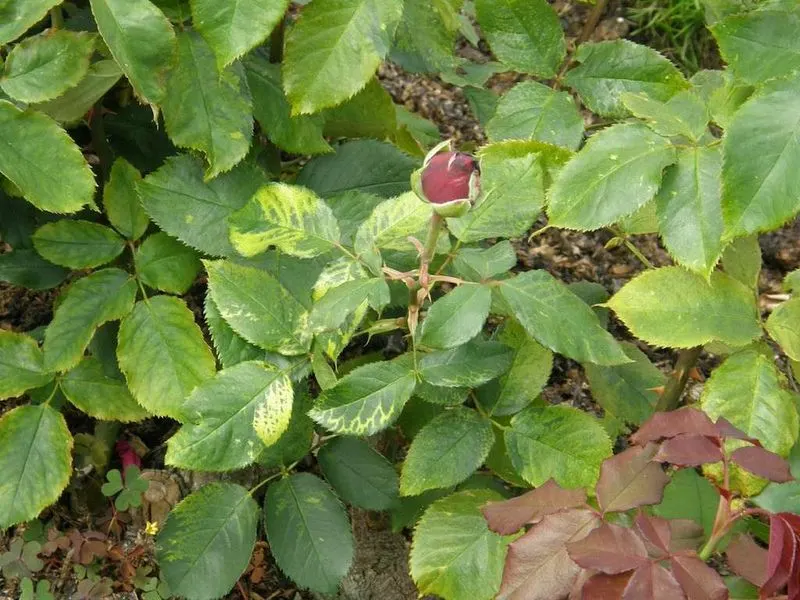
Vigilance is key in keeping diseases at bay. As spring arrives, inspect your roses for any signs of disease or pest issues. Keep an eye out for black spots, mildew, or aphids. Early detection allows you to address problems before they escalate. Use organic sprays or natural predators as a first line of defense. Maintaining plant health through proper care reduces susceptibility to diseases. Regular monitoring ensures your roses remain healthy and vigorous, ready to bloom beautifully. A proactive approach now saves headaches later, keeping your garden lush and lively.
Supporting Growth
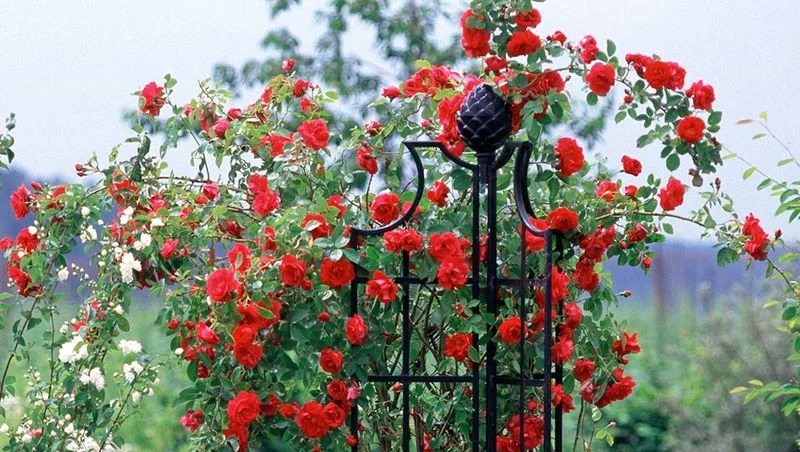
Supporting your roses physically supports their aspirations. Climbing varieties particularly benefit from early spring staking. This practice ensures they grow in the desired direction, creating an organized and visually appealing display. Install stakes or trellises early to guide their growth effectively. This support not only enhances your garden’s aesthetics but also encourages healthy blooms. Proper support reduces the risk of damage from strong winds. By considering the natural growth habits of your plants, you can create a stunning tapestry of roses that’s both beautiful and resilient.
Pest Control
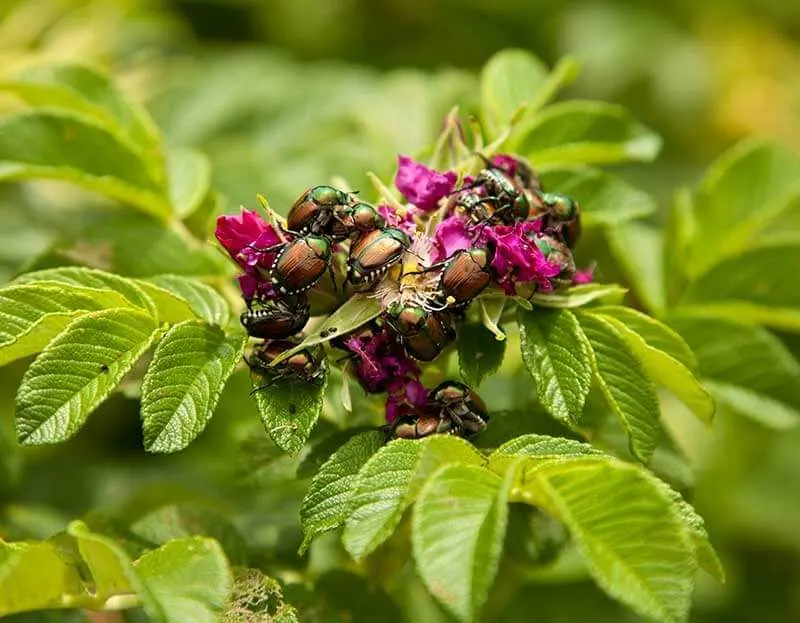
Pests can be a gardener’s nemesis, but early intervention is your best defense. As roses begin to grow, inspect them for harmful insects like aphids and spider mites. Using organic pest control methods can protect your plants without harming beneficial insects. Neem oil or insecticidal soaps are excellent choices. Regular checks prevent infestations from taking hold. The goal is to maintain a healthy garden ecosystem, where roses can thrive without the threat of pests. With vigilance and care, you can ensure your roses bloom without any unwelcome visitors.
Checking Soil pH
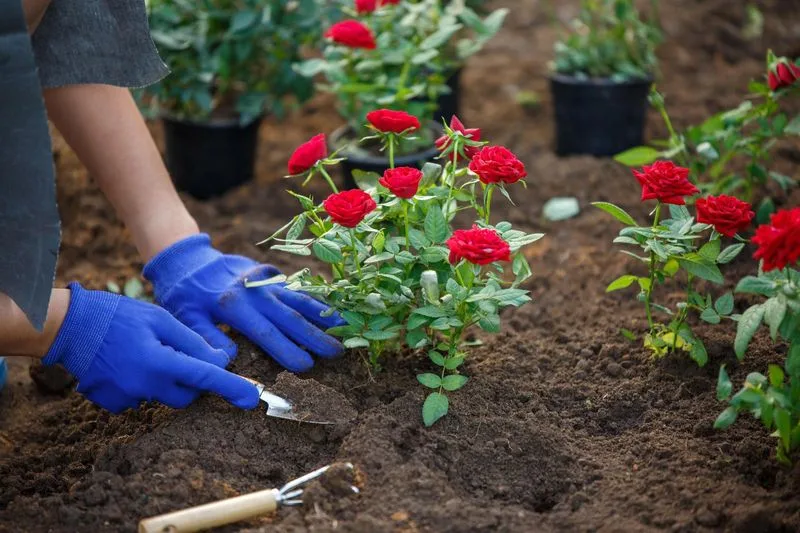
Understanding your soil’s pH can reveal a lot about its suitability for roses. Early spring is the ideal time to test and adjust soil pH levels. Roses prefer slightly acidic soil, so aim for a pH around 6.5. If adjustments are needed, use lime to raise pH or sulfur to lower it. Balancing the pH ensures nutrients are readily available to your plants, fostering healthy growth. This simple test can make a significant difference in bloom quality. By catering to your roses’ preferences, you set the stage for a flourishing garden.
Transplanting New Roses

Thinking about adding new roses to your collection? Early spring is an excellent time to transplant. The mild weather conditions help new plants establish roots without the stress of summer heat. Choose healthy specimens and prepare the soil well before planting. Ensure the planting hole is twice as wide as the root ball. Water thoroughly after planting to encourage root growth. With the right conditions, new roses will integrate seamlessly into your garden, ready to contribute to the season’s floral display. A little effort now leads to a summer of fragrant rewards.
Weed Management
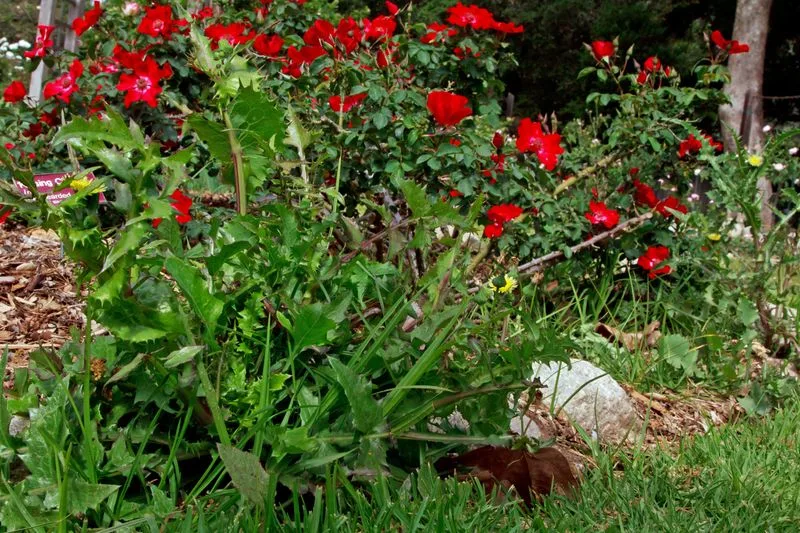
Weeds compete with your roses for nutrients and water. Early spring is prime time to tackle them before they spread. Regular weeding keeps your garden tidy and ensures roses have access to the resources they need. Hand-pulling or using a hoe can be effective, especially when the ground is moist. Mulching also helps suppress weed growth. Consistent effort at the start of the season saves time and energy later. A weed-free environment allows your roses to thrive, soaking up nutrients without competition. A well-maintained garden is a joy to behold.
Frost Protection

Late frosts can pose a risk to budding roses. Taking preventative measures in early spring can safeguard your plants. Covering roses with frost cloths during cold snaps provides the protection they need. This simple action can prevent damage and ensure a healthy start to the growing season. Frost protection is especially important for young or newly transplanted roses, which are more vulnerable. By staying vigilant, you can prevent setbacks and help your roses flourish. It’s a small effort that can pay off with a garden full of vibrant blooms.
Aerating the Soil
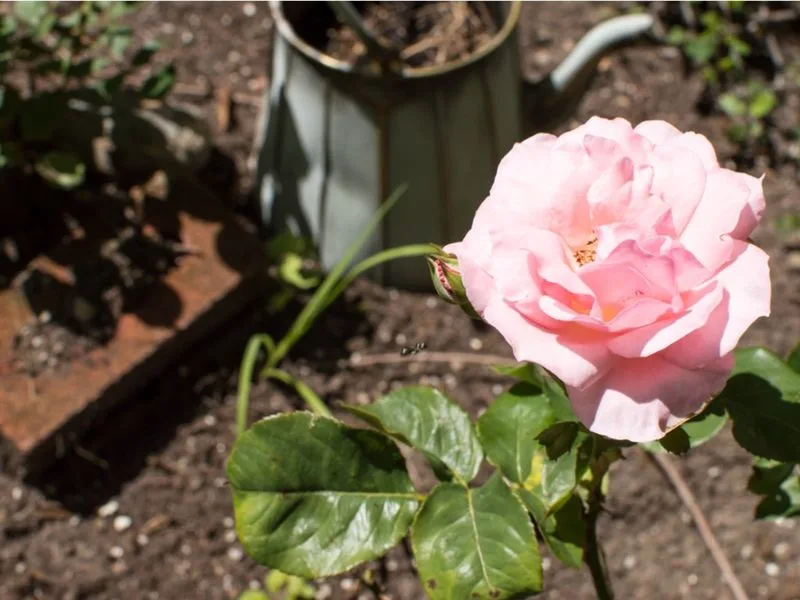
Breathing life into the soil is as important as watering. Early spring is ideal for aerating the ground around your roses. This simple task improves drainage and allows oxygen to reach the roots. Use a garden fork or aeration tool to loosen compacted soil gently. Aeration enhances root development, leading to healthier plants and more abundant blooms. This subtle yet effective technique can transform your garden’s vitality. With better air circulation, your roses can thrive, showcasing their full potential. Give your roses the breathing room they deserve.
Planning for Companion Planting

Companion planting is more than just aesthetics; it’s a strategic choice. Early spring offers the perfect opportunity to plan which plants will benefit your roses. Lavender, marigolds, and chives make excellent companions, repelling pests and enhancing the garden’s beauty. Thoughtful combinations can lead to a healthier ecosystem, enriching the soil and promoting growth. By selecting the right neighbors for your roses, you create a harmonious environment where all plants thrive. This partnership not only beautifies your garden but also supports your roses in reaching their full potential.

